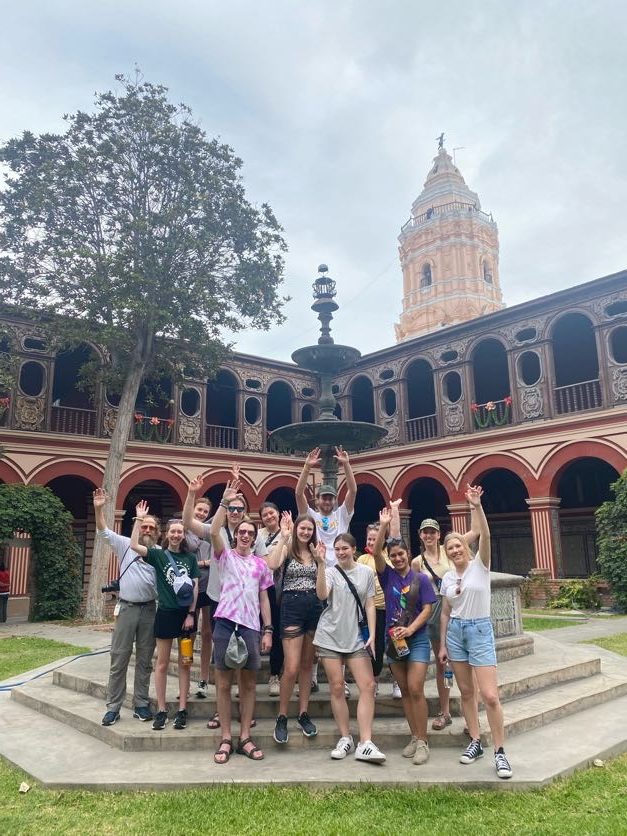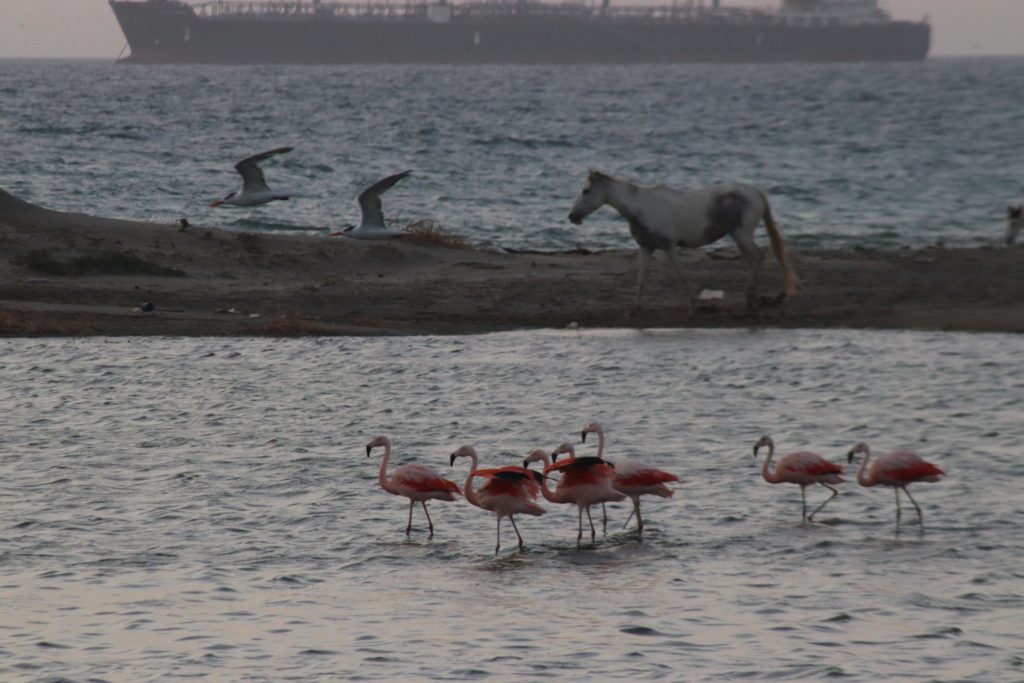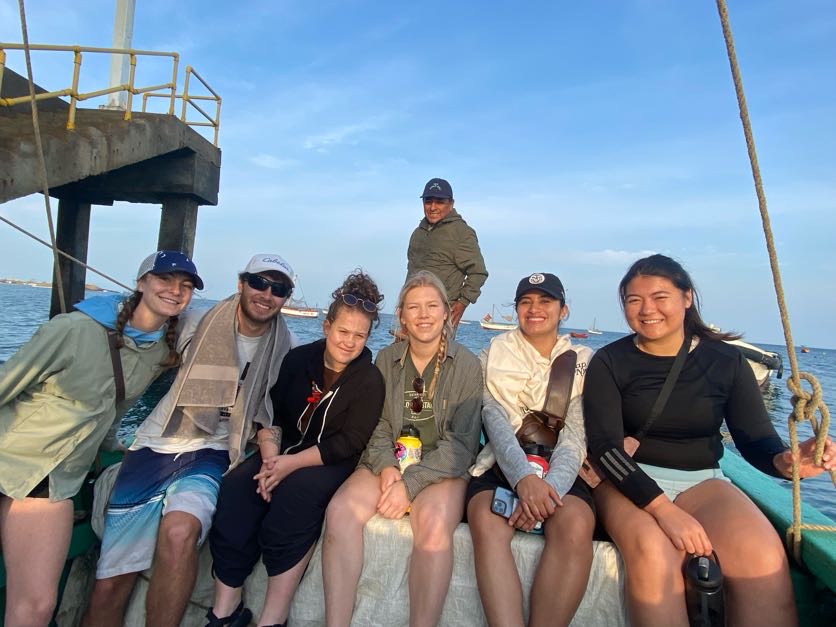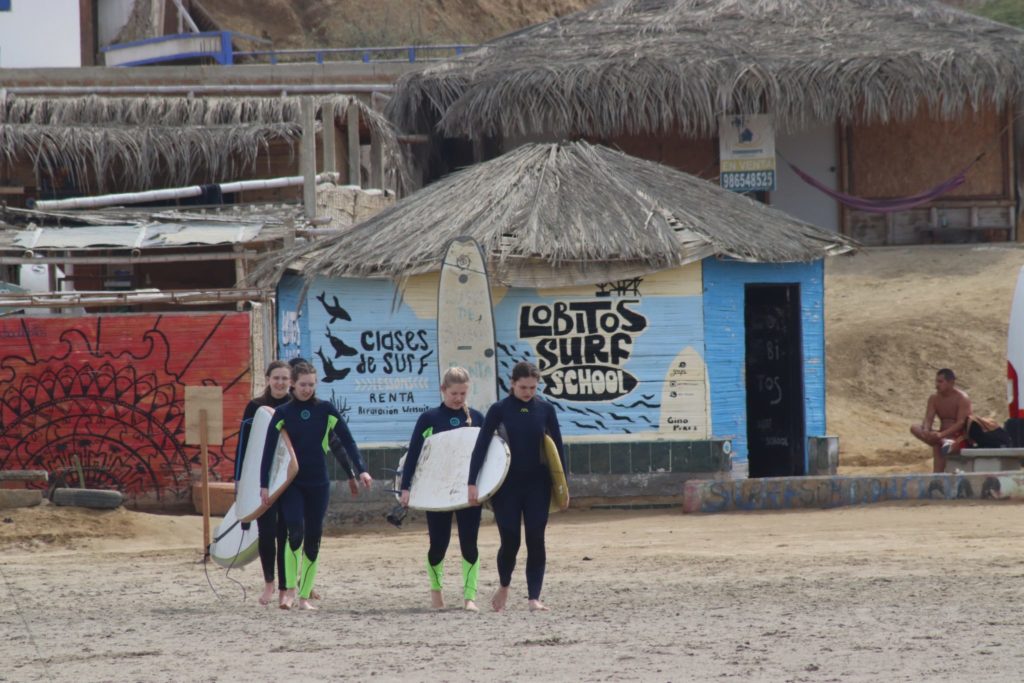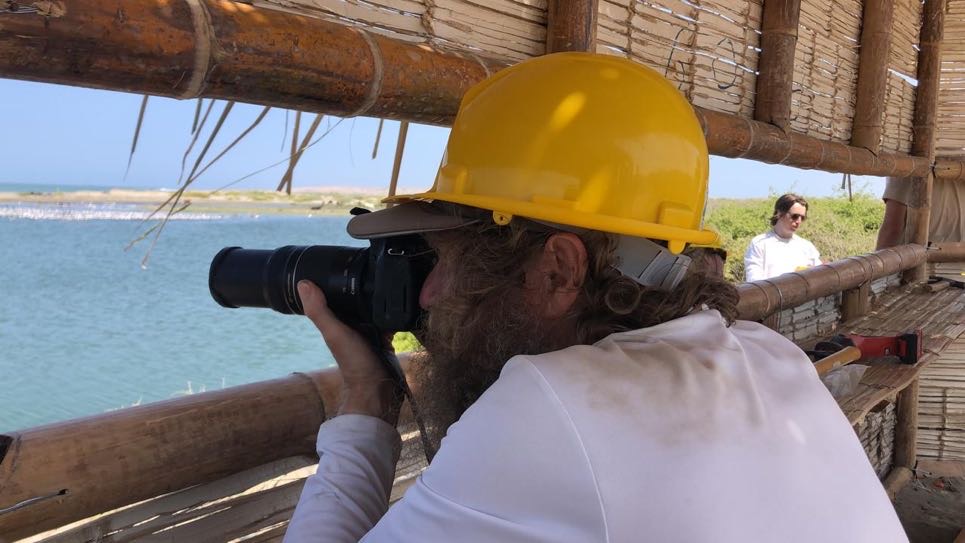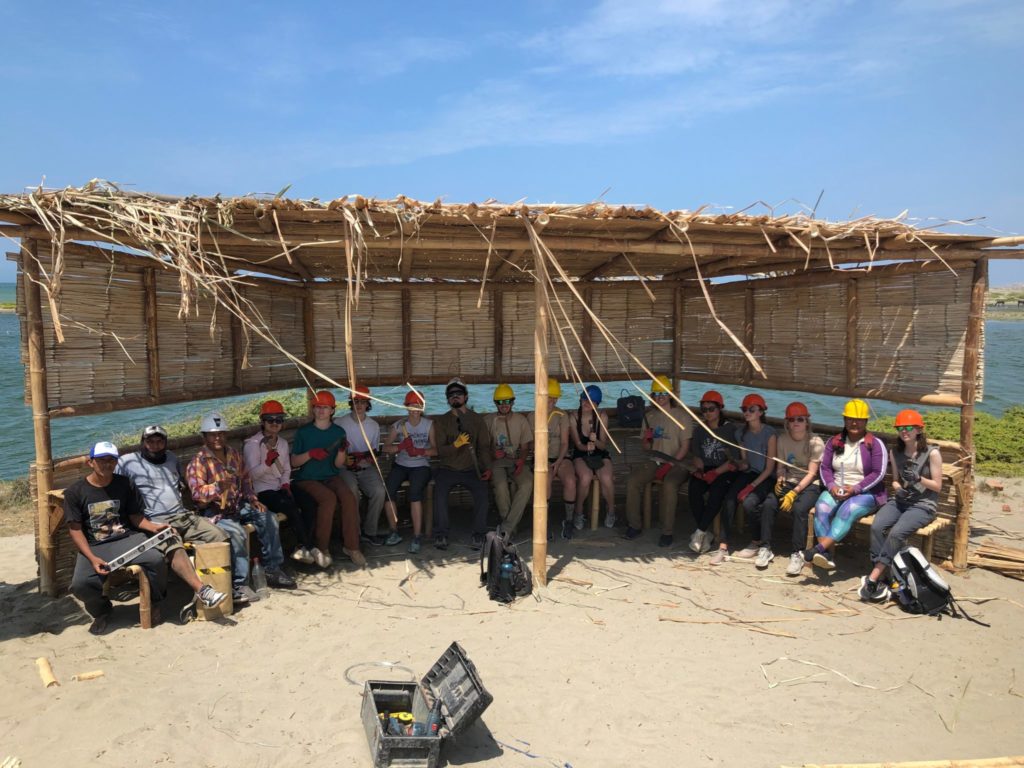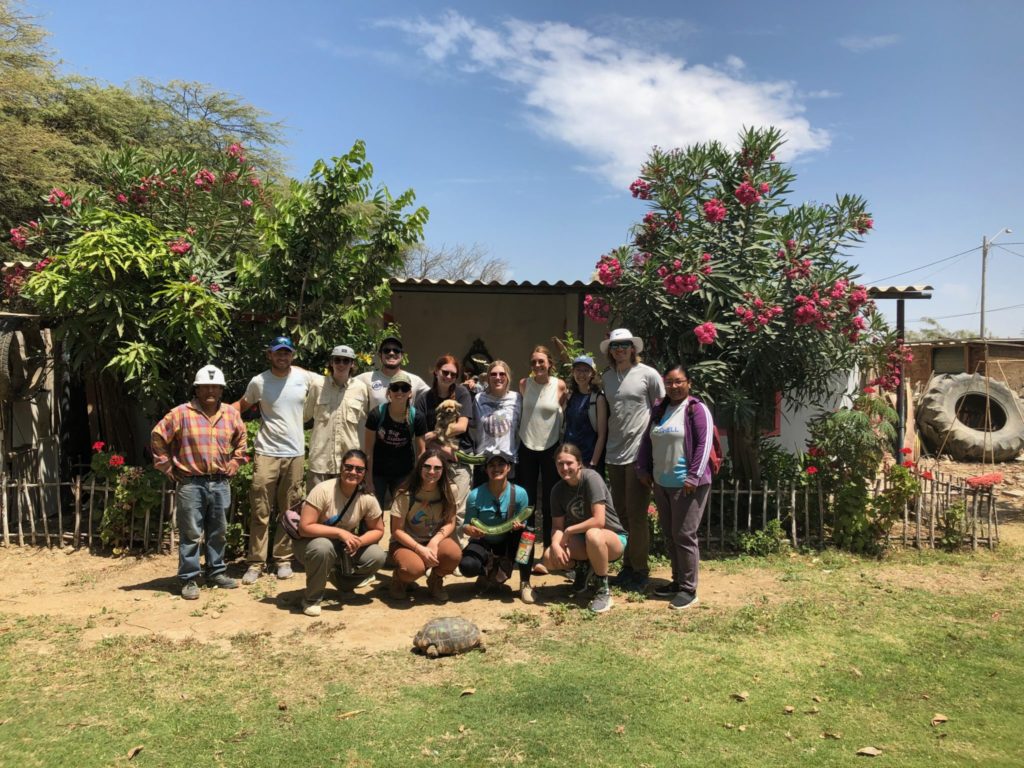Students interested in participating in the January 2024 Grand Challenges in Engineering in Peru (Winter Break) can apply online no later than 9/15. Questions can be directed to Tom Siller (Program Leader) or Vanessa Hayward (Education Abroad Coordinator).

They used machetes to cut bamboo, hard hats to carry water, and sometimes, had supplies delivered by horse and buggy.
Forget the ordinary conveniences like electrical power or the readily available tools in the Smash Lab in the Engineering building.
A dozen Colorado State University engineering students and their professor traveled to Peru earlier this year to help a rural fishing village build a path to a wetlands area and a bird blind. The trip was part of a 3-credit design course offered this spring on sustainable engineering, and included students from across the Walter Scott, Jr. College of Engineering.
They’re still debriefing this trip, and already planning for their next trip in 2024.
During this visit, students learned about adaptability and how to find resources when they’re scarce. They worked with community partners in Lobitos and Piedritas, Peru, who are trying to make their villages more sustainable despite poverty. One first-year CSU student even saved a young girl from drowning in a rip tide.
“The residents of Lobitos had brilliant solutions to their problems because they had to be brilliant. They didn’t have the money to simply buy a solution, they had to make one,” said Josh Kates, a first-year student from Colorado Springs who marveled at a local builder who built a ladder out of bamboo.
The project was held in partnership with Engineers Without Borders U.K. and EcoSwell, an NGO in the town that is committed to creating a more sustainable Peru. Siller’s students participate in the Engineers Without Borders UK design competition every year.
“This is where engineering really occurs at the community level,” said Tom Siller, an associate professor of Civil and Environmental Engineering who teaches the course in partnership with Engineers Without Borders UK and CSU’s Education Abroad program.
Siller, graduate student Sami Fisher, and 11 undergraduate students spent two weeks in Lobitos and Piedritas – home to some of the world’s most beautiful surfing and birding spots. About 70-80 percent of the region’s residents live in poverty or extreme poverty, but the communities are committed to being more sustainable.
Working with their community partners, students mapped a 1.5-mile trail to a wetlands area in Lobitos, and built a bird blind so visitors can observe without disturbing the birds.
The students had to get creative with materials.
“The material we were primarily using was bamboo (caña) or crushed bamboo (caña chancada),” said Fisher, from Centennial, Colorado. “For mixing concrete, we didn’t have much water available so we had to haul it from the nearby wetland by the ocean. We had to use hard hats because we didn’t have any buckets with us. We also had to haul things to our project site each day so whatever we brought was what we had to use – no access to electricity for power tools out there – which means that we needed to cut, prep, and pre-assemble things ahead of time, and think on our feet if there was something we needed while we were out there.”
Chase Kitzman, a senior chemical and biological engineering student from Minnesota, didn’t mind getting his hands dirty, he said: “I have never felt more rewarded than when we finished our project. I can’t wait to do this every day of my life when my career starts.
Priscilla Lopez, a mechanical engineering student from Commerce City, Colorado, learned some new words in Spanish that she had never heard as a Spanish speaker. She, too, was interested in how the local residents had to be resourceful.
“This prepared me for a career in engineering because you might be lacking resources to do your job and you have to be resourceful with what you have. Sometimes things will not work out the way you want them to,” she said. “You have to be adaptable and also a great team member to get the job done.”

